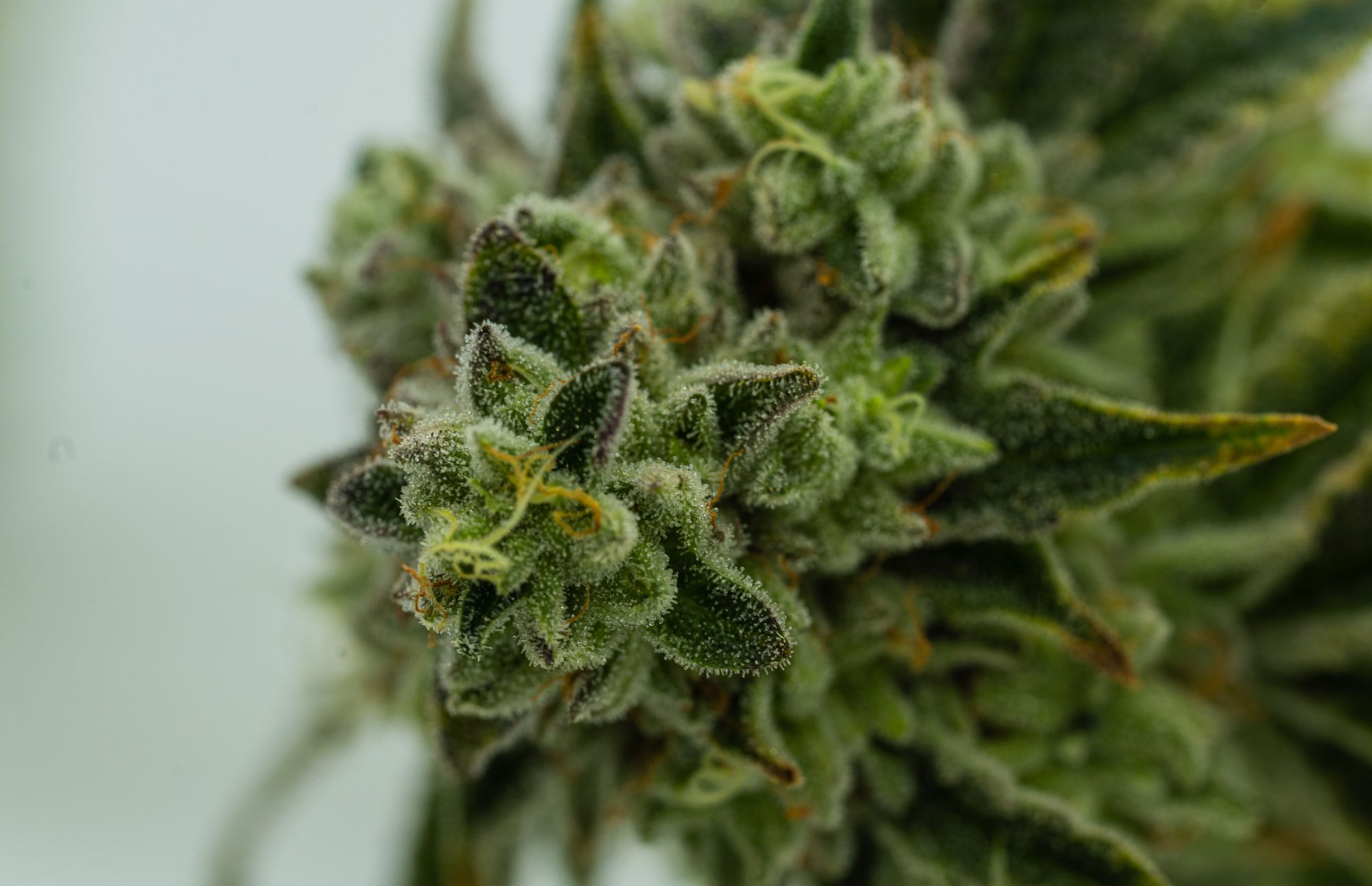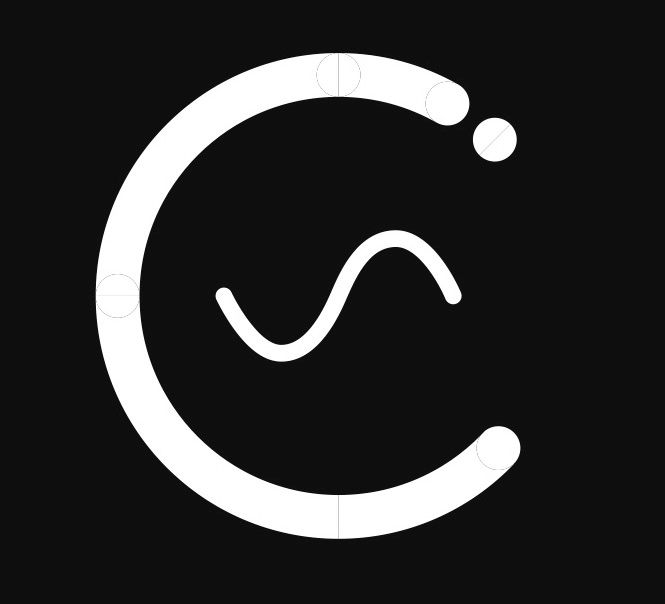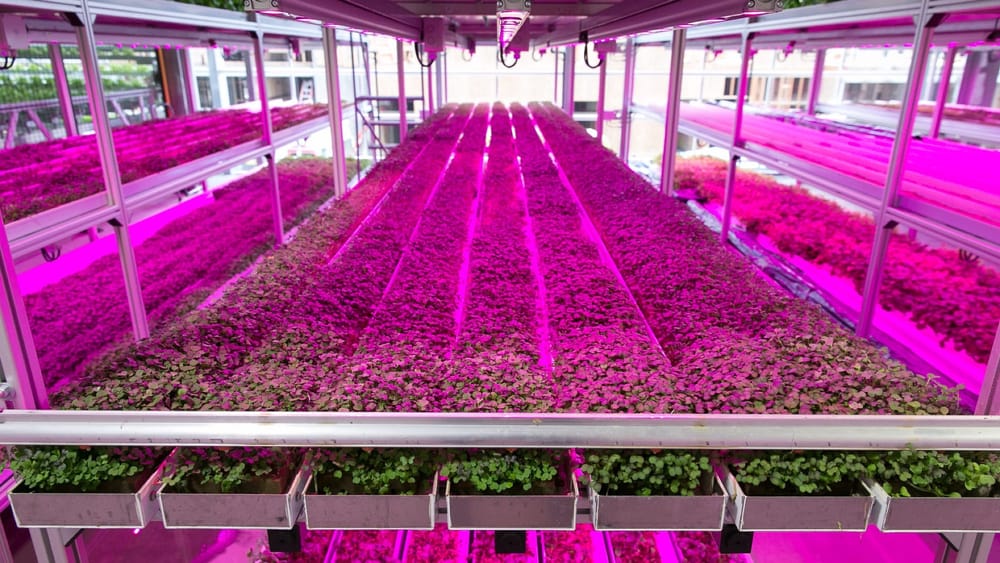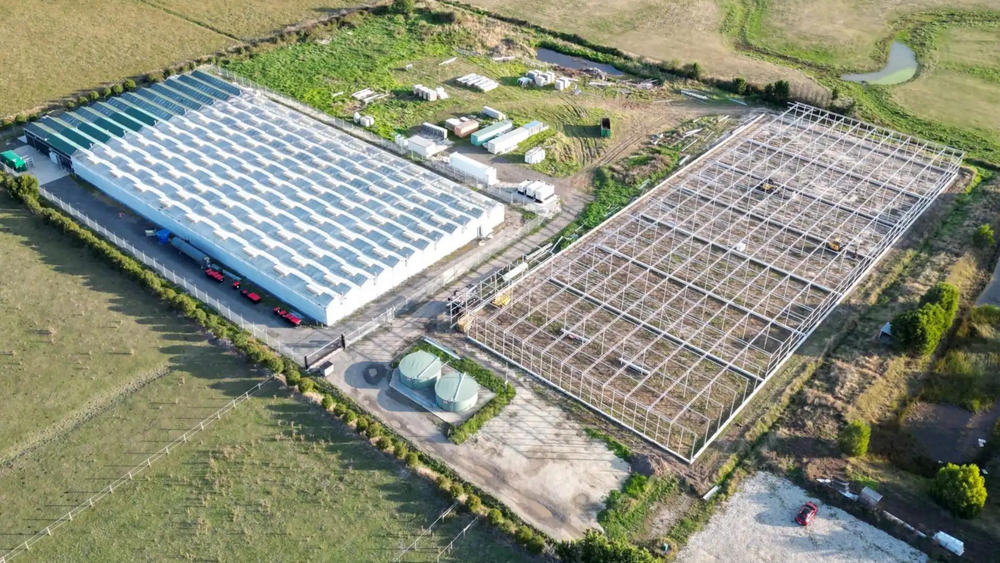In an earlier post, we offered some tips on how to make monthly cannabis inventory tracking less painful. Here we wanted to show how we approach CTS reporting at Elevated Signals and how it sets up our customers for success every month.
When we first started Elevated Signals, we monitored our customers for several days at the end of the month, watching them track and trace their inventory numbers to events that happened at their facility and attempting to plug them into Health Canada's cannabis inventory tracking report 'CTS'. We quickly realized that the industry’s approach to providing ‘black box’ numbers was very ineffective.
Consequently, we decided to build software that would help LPs across Canada fill out their CTS inventory (we also provide reports for processing, but in this post, we are going to focus solely on ‘plant inventory’), this same software can be used by cannabis producers outside Canada to track inventory for compliance purposes.
CTLS or CTS (which stands for Cannabis Tracking System) is a report that Canadian cannabis cultivators and manufacturers must submit to Health Canada by the 15th of each month, reconciling all inventory from the previous month. Producers have to submit the CTS report in a giant spreadsheet format, which can be extremely complex to compile if you haven’t got your processes dialled. Without support from cannabis inventory tracking software, it can take producers days or even weeks to complete CTS.
Issues with seed-to-sale reporting
Many seed-to-sale software companies claim to provide 'one click' or 'instant' CTS reports for cannabis inventory tracking. In reality most software providers generate a inventory report that looks something like this:

This keeps inventory managers up at night…why? Downloading a report that provides broad numbers like the above requires an unbelievable amount of time to verify and fix anomalies and errors in reporting.
A cannabis inventory tracking report like this provides no insight into where these numbers came from or the associated batches. If these numbers truly matched the balance, we could use the above report to validate our closing inventory using our (opening inventory + additions) – reductions. However, most of the time, that’s not the case. Either the software calculates the wrong numbers or mistakes in inventory were made along the way.
Calling Dr. Watson
At Elevated Signals, our approach to CTS has been to provide our customers with detailed inventory reporting to fill out the CTS inventory tracking workbook. You could say Elevated Signals is Dr. Watson to your operation’s inventory Sherlock.
With Elevated Signals, the CTS report can expand to provide the further granularity required to complete your monthly inventory report to Health Canada efficiently.
Our reports show the growth stage, the number of plants, associated batch name, and batch ID:

Let’s go one step further. What if we want to figure out the productions of flowering plants from vegetative plants?
We’ve got you covered with our additions/reductions report, that shows additions or reductions for all batches across the entire facility.

As an example, this report shows that for Batch Name 202006109; we added ten plants within the user-selected timeframe for this report.
These are just a few reports that highlight our approach to giving producers better reporting that makes filling out CTS reports effortless.
Elevated Signals has many more detailed report templates that can help you get any cannabis inventory tracking data you require. We also have reporting for work orders (harvests, drying, grading, etc.) with total inputs, outputs, destructions, and processing loss. This report helps you quickly create baselines for drying WIP that falls between two reporting periods.
Here’s an example summary report:

One last thing…
We are currently offering special transition pricing for customers already using seed-to-sale software. For more information, get in touch!





